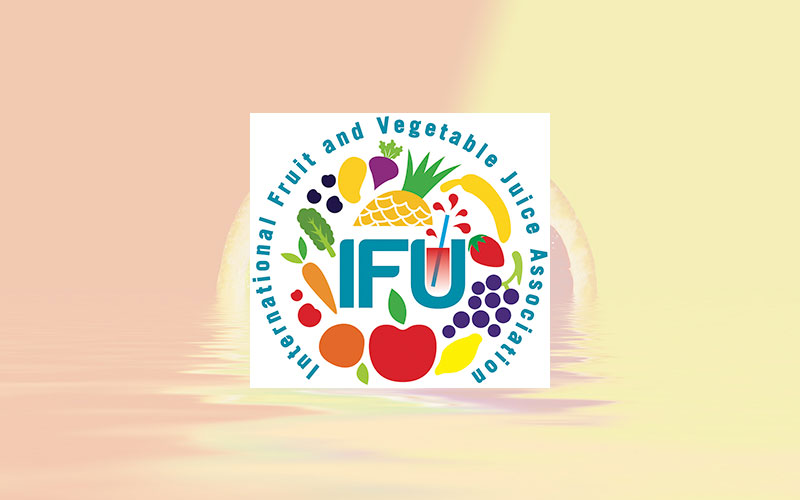Use of DNA Methods for the Analysis of Fruit Juices, Purées & Concentrates.
The IFU methods of analysis commission has approved a new recommendation, authored by Dr. David Hammond, on the use of DNA methods for the authenticity analysis of juices.

New IFU Recommendation (#13)
The IFU methods of analysis commission has approved a new recommendation, authored by Dr. David Hammond, on the use of DNA methods for the authenticity analysis of juices.
The juice analyst has a number of conventional methods available to check if a product has been prepared from a mixture of fruits. These include the use of HPLC for the pattern of anthocyanins in red/black juices (IFU 71, flavonoid glucosides in citrus juices (IFU 58), or generalised polyphenol screening (IFU Rec. 11). With the introduction of the 1H-NMR profiling method a few years ago this has offered another rapid and modern approach to look for mixtures of fruits.
Procedures to check for the presence of one fruit in another often target a specific component that would not normally be seen in the labelled fruit. Typical examples of this would be sorbitol (IFU 79), to check for apple and/or pear addition in a non-sorbitol containing fruit, such as strawberry or raspberry, or tartaric acid (IFU 65) for grape addition to another juice. Although these markers provide very good approaches for these specific types of addition they do not answer all questions, which means that there is still a need to develop more specific procedures for other fruits.
Nature has provided us with perhaps the ultimate marker for a particular fruit species, its DNA (deoxyribonucleic acid). An early and on-going major application of DNA based analysis is in criminal investigations. This was introduced around 30 years ago and has been significantly developed and improved over the intervening period.
This new recommendation gives an up to date overview of the analysis and how it can be applied to the field of authenticity.









